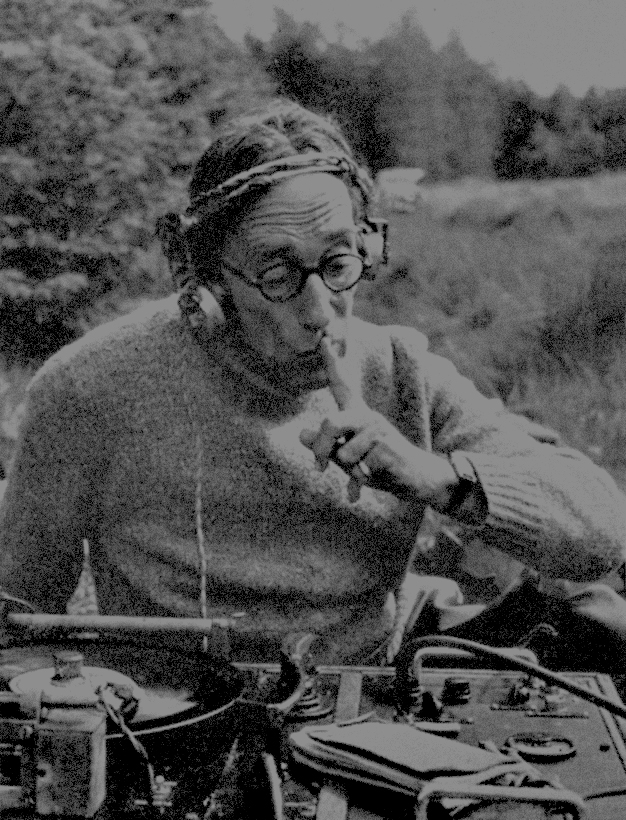The Birth of Wildlife Sound Recording
research by Cheryl Tipp
PART IV
Vocabulary and the meaning of sounds
In 1934 Ludwig Koch and Lutz Heck (Director of the Berlin Zoological Gardens) worked together on the first commercial publication to focus on the vocabulary of a specific mammal. One side of ‘Der Wald Erschallt’ was completely devoted to the various call types of the Red Deer. Koch and Heck were possibly taking a risk by focusing on this species because, unlike birds, mammals are not renowned for the musicality or attractiveness of their vocalisations. The popular appeal and obvious market for birdsong may have contributed to the decision to feature a montage of thirteen birds, including the much beloved Golden Oriole, Nightingale and Song Thrush, on the opposite side of this disc.
Documenting a species’ vocabulary incorporated an important scientific element into the publication as it illustrated that animals could utilise many different vocalisations to express specific functions and meanings. Possibly the best example of this was ‘Animal Language’, a sound book by Ludwig Koch and the evolutionary biologist Sir Julian Huxley in 1938. The publication was constructed in such a way that the disc complimented the book and vice versa, and neither could be fully appreciated without the other. This unison of text, image and sound created the first detailed consideration of animal behaviour available to the general public, with particular emphasis placed on the importance of acoustic communication within the animal kingdom. It also allowed the authors to explain the process of wildlife sound recording with all of its challenges and requirements. Ludwig Koch travelled around Whipsnade and London Zoos for several months in late 1937 – early 1938 using a portable recording studio in the form of a seven ton van. A microphone connected to a long lead would be attached to the required enclosure, meaning that the van could be positioned out of view so as not to disturb the animal in question. The book contains a wonderful passage that will resonate with all wildlife recordists and tells the tale of Koch’s attempts to record wolves at Whipsnade. Huxley wrote “The wolf pack at Whipsnade can only be described as disobliging. As the head keeper explained, the wolves usually start their concerted howling when they hear a particular siren which goes at five each afternoon. But when the microphone was put in position, the siren failed to elicit any response. The wolves looked towards Mr Koch, who was standing by it, with a sort of sly defiance, but remained entirely mute”. One can sympathise.
…to be continued
-Cherly Tipp
*appearing in photo: Ludwig Koch. Photo credits: unavailable


